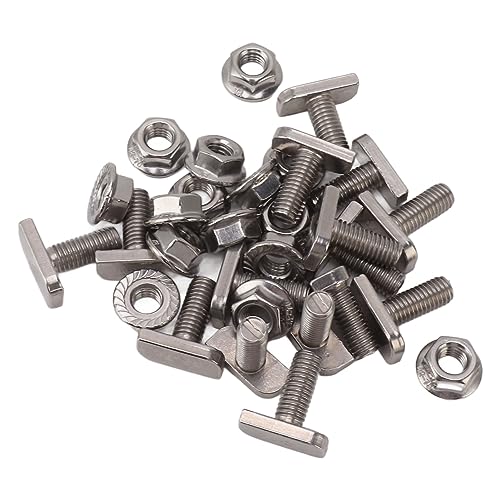I know that ordinarily a solar PV system would be tied into the grid, and feeding-in to the grid when not used. But I do not want to feed into the grid, and neither do I wish to go completely 'off grid'. I want to use the solar array to run a 3KW immersion heater fitted to a 300Ltr indirect cylinder. When the water reaches temperature, the PV are then charging the battery system. When the weather is too dull to meet the immersion heater demand, then the battery system runs, via the inverter, to supply immersion demand. This proposed system would be earthed separately from the grid system using suitably located earth rods, hence the S/S tank would be earthed to the ground rods, and all associated domestic hot water pipes would be in plastic - including the CW rising main into the HW tank. Obviously, the generation of the grid supply means that there can never be any link between grid supplied earth and the 'floating' PV array derived 240V AC supply to the HW immersion heater.
Does anyone see any valid technical or regulatory reason why this could not be done?
Does anyone see any valid technical or regulatory reason why this could not be done?
































































